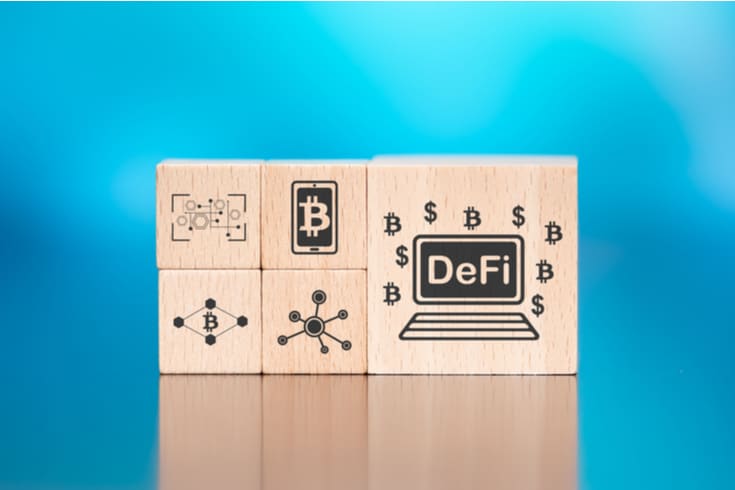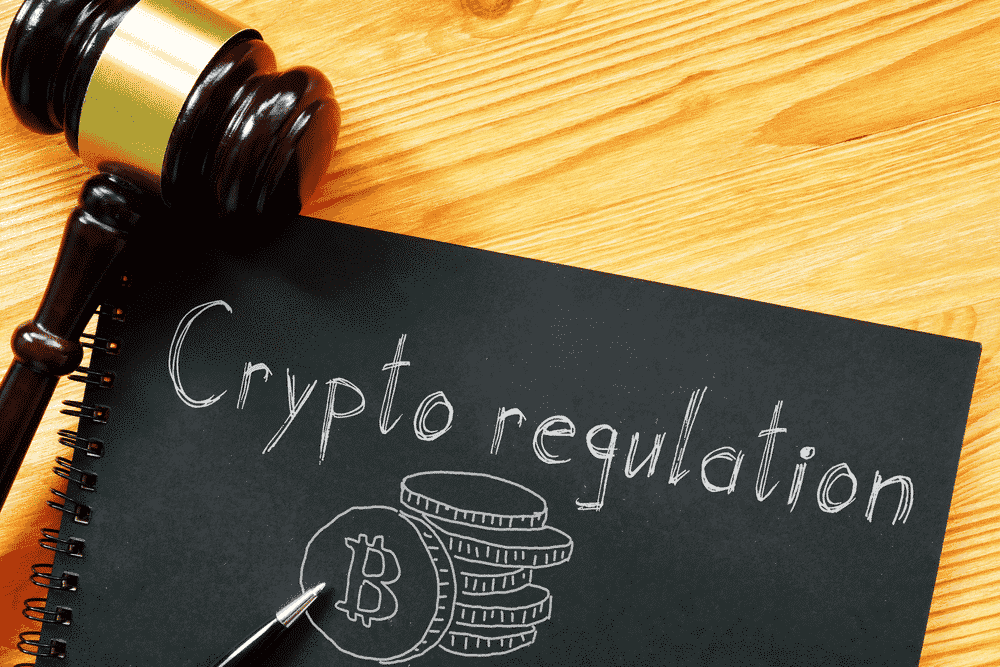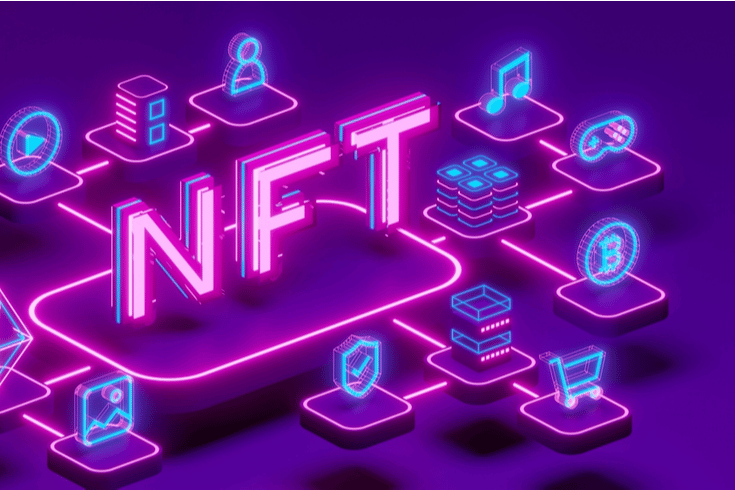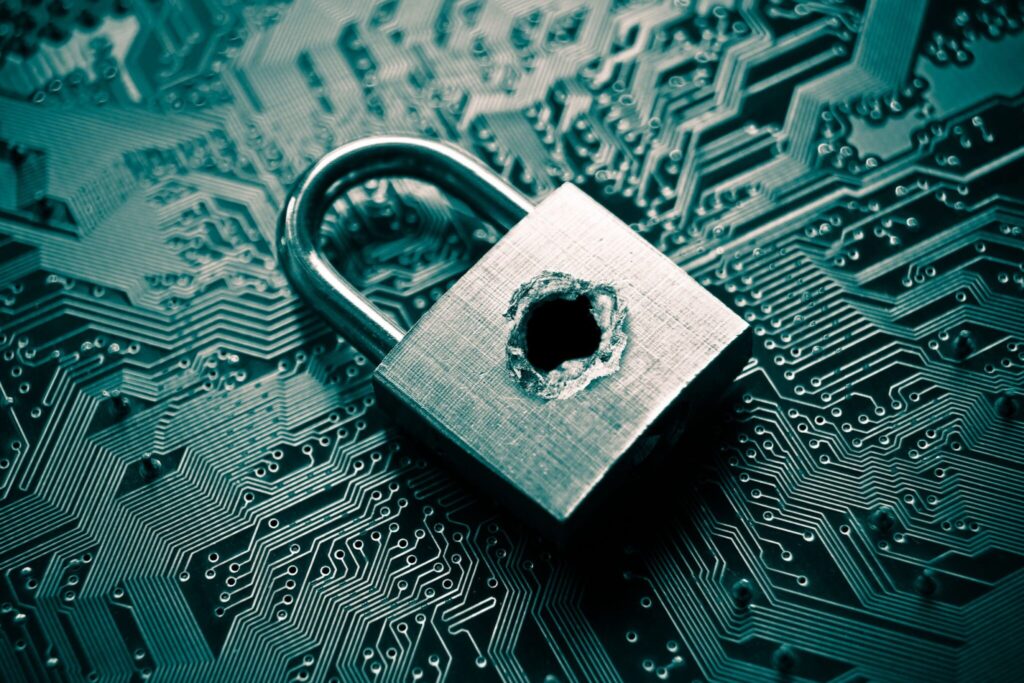Crimes such as Threats and Incitement to Suicide on LINE
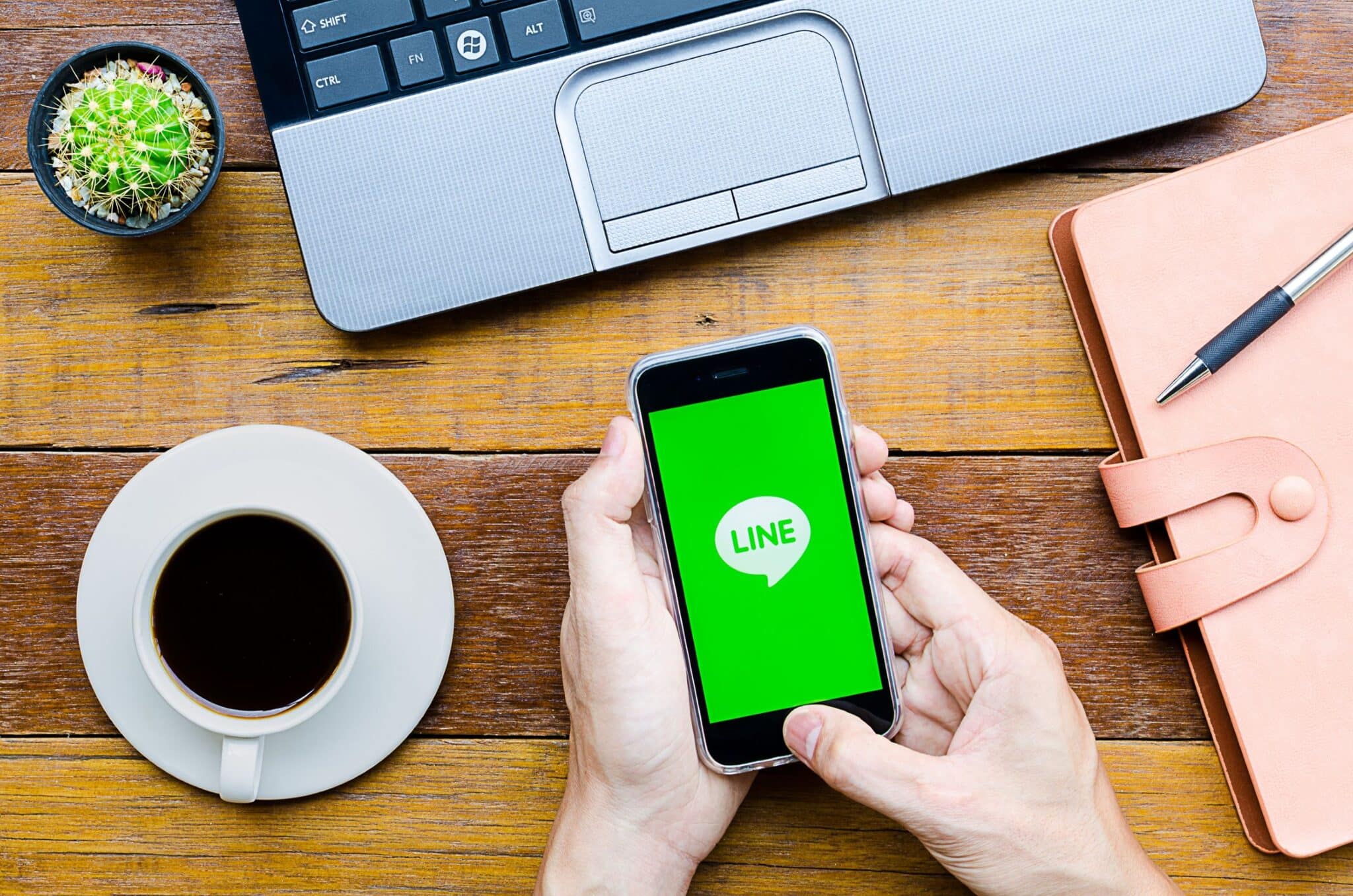
LINE is an application software developed by NHN Japan Corporation (now LINE Corporation), a Japanese subsidiary of the South Korean company NHN Corporation (now Naver Corporation). It is said that the idea for LINE was conceived by NHN’s founder, Mr. Lee Hae-jin (イ・ヘジン), after witnessing victims of the Great East Japan Earthquake struggling to communicate with their families and relatives.
Features of LINE
LINE allows users to chat and make voice and video calls, including group calls with multiple people, regardless of their communication carrier or device, as long as they have the app installed. The call service is an internet phone that uses packet communication, unlike regular voice calls, which allows unlimited calls without being charged a call fee.
Therefore, the application, which is provided for free, is advertised as “free calls”, and it can be said that this “free” catchphrase has accelerated the popularity of LINE.
LINE uses a phone number or a Facebook account as an instant messenger ID, and the phone number is verified by SMS authentication when registering or logging in. This application reads the device’s phone book when starting to use it, and can communicate with people who are registered in the phone book and are using LINE. In other words, it is linked to the phone book, making it easy to introduce and start using.
Distinguishing Features from Other Social Networks
LINE has unique features that set it apart from other social networking services (SNS) like Facebook and Twitter. One of these is that messages are not made public. On Facebook and Twitter, unless an account is locked, anyone can view the content of exchanges, including the time they were made and who the participants were. However, with LINE, only the recipient of a message can view its content. Furthermore, depending on the settings, conversations with multiple people are possible, making it a highly convenient communication tool.
The simplicity of only needing to register a phone number to start using the service, and the ability to communicate in a one-on-one closed space, have captured users who are not comfortable with open SNS like Facebook. This has been a major factor in the rapid increase in users. As a result, it has penetrated all age groups to the extent that it would not be an exaggeration to say that almost everyone with a smartphone uses it, and it has even been described as a “lifestyle infrastructure”.
With over 80 million monthly active users in Japan and a monthly active rate of 86% (as of the first quarter of December 2019), it is an SNS with a very high active rate.
Unique Features of LINE

In LINE’s chat, each person’s messages are displayed in speech bubbles, connected in chronological order. This is an extremely simple style, but it allows you to check the content of past conversations. Furthermore, by setting up a ‘group’, it becomes possible to exchange messages with multiple people. The convenience of these speech bubbles and their fun appearance are likely one of the reasons for LINE’s popularity.
The stamp function, which can be said to be the real pleasure of using LINE, has also greatly contributed to LINE’s popularity. Emojis have existed before, but they only played a supplementary role in text, such as adding a smiley face or a cheering emoji at the end of a sentence. However, LINE’s stamps, from original ones to user-created creator stamps, come in a wide variety and allow you to freely express various emotions. The stamp function has made communication smoother and more enjoyable, turning LINE into a fun toy for adults.
Issues with LINE
LINE has a rule that only allows one account per smartphone. Therefore, while it is convenient to use LINE for work-related communication and information sharing, this convenience can sometimes lead to problems.
For instance, if you are using your personal smartphone for company communication, you cannot separate your personal LINE conversations with friends from your work-related LINE communications. As a result, your work-related and personal communications become intertwined, and you may find yourself having to respond to work-related messages from your boss or colleagues at any time.
Even if you are not using LINE for work-related communication, it can be difficult to refuse a friend request if your boss or colleagues discover your account. Once they have added you as a friend on LINE, they may contact you at any time, regardless of whether it is during work hours or not. This can lead to issues such as being pressured to respond to messages like “Are you ignoring me?” or “Why haven’t you read my message?”, leading to a problem known as “LINE coercion” and potentially resulting in power harassment.
LINE and Power Harassment
In March 2012, the Japanese Ministry of Health, Labour and Welfare conducted a “Roundtable Working Group Report on Workplace Bullying and Harassment Issues,” summarizing the types of power harassment.
- Assault, injury
- Threats, defamation, insult, severe verbal abuse
- Isolation, exclusion, ignoring
- Forcing clearly unnecessary or impossible tasks, obstructing work
- Assigning low-level tasks that are far from one’s abilities and experience without any rationality in business, or not assigning any work
- Intruding excessively into personal matters
LINE is a convenient communication tool, but due to its convenience, it has the potential to become a breeding ground for such power harassment. Users may suffer from the second type of harassment listed above: “threats, defamation, insult, severe verbal abuse”.
One of the reasons for this is the ease of chat. Chatting has a lower barrier to sending messages than email, which is a great feature as a communication tool. However, even if a superior sends a message casually, it is still a “message from the superior” for the subordinate. When sending to subordinates, care should be taken not to intrude excessively into personal matters, as listed in the sixth type of harassment.
Also, the read receipt feature, while an excellent feature for a messaging app that promotes message exchanges, can function as pressure on subordinates when considering the hierarchical relationship in the workplace. For subordinates, marking a superior’s message as read can create pressure to reply immediately. Among middle and high school students, there is an unspoken rule that you must reply immediately after reading a message, and not doing so can lead to bullying. If this happens between a superior and a subordinate, it is clearly power harassment.
Examples of Arrests Made Through LINE

LINE, which has permeated daily life and become a means of communication rather than a platform for writing and reading diaries like other SNS, is increasingly being used for various crimes, particularly threats.
Threatening a Girlfriend’s Mother on LINE
Learning from the Zushi stalker incident, where they failed to prevent the incident despite receiving prior consultation, the Kanagawa Prefectural Police launched the “Human Safety Project” on July 12, 2013 (which later developed into the Prefectural Police Personal Safety Measures Division), and made their first arrest the following day. The suspect arrested on suspicion of threats that day was an unemployed man (30) who threatened the mother (42) of his high school sophomore girlfriend (16) on LINE, saying, “I will corner you thoroughly,” “The world is dangerous. You might have your windows broken and someone might enter your house. Be careful,” and sent 19 such threatening LINE messages to the mother. According to the prefectural police, the suspect was angry at the mother who tried to end his relationship with the female student.
Telling an Ex-Girlfriend to “Die” on LINE
In May 2014, the Narita Police Station in Chiba Prefecture arrested a company employee (21) on suspicion of threats for sending messages such as “Die” and “Be careful, I’ll beat you up” to a woman. The arrest was based on the suspicion that he had sent threatening messages to his ex-girlfriend in her 20s, who lives in the prefecture, three times on April 12, 15, and 23 of the same year. According to the station, the employee and the woman had been dating for about a month and had broken up in October of the previous year.
Since the suspect’s real name was reported in the newspaper, you can find the newspaper article by searching for his name and the place name “Narita”. There is also a thread left on 2channel under the suspect’s name.
The victim, who was threatened by a man she had only dated for a month and had broken up with six months ago, may have felt terrified, but the perpetrator also carved a difficult-to-erase digital tattoo by sending three messages.
Arrested on Suspicion of Inducing Suicide of a University Student
In February 2014, a university student (21) was arrested on suspicion of inducing suicide by sending messages such as “Please die for me” on LINE. The person who committed suicide was a female student (21) from the same university, which caused a big stir at the time.
The two had been dating for over a year, but the woman had brought up the topic of breaking up the day before the incident. From 18:44 to 47 minutes before the suicide, the suspect sent seven consecutive messages such as “Please die”, “Jump off”, “You have no value in living!”, “It’s easier to die by jumping off the 8th floor than cutting your wrist”, “Why don’t you jump off quickly?” The woman jumped off the 8th floor of her apartment building and committed suicide in the early hours of the next day.
In this case, the Tokyo District Public Prosecutor’s Office sought detention, but the Tokyo District Court rejected the request, saying there was no risk of flight. The suspect was released and the case was put on hold.
Although it was a case with a complex background and circumstances, the suspect’s real name was reported, and the name of the university he was attending was also reported. Even now, you can find newspaper articles from that time and see pictures of the male student by searching for his name or “Suicide Inducement at XX University”. There is also a thread left on 2channel about this incident.
What to Do If You Are Arrested for Threatening Behavior
If you find yourself arrested due to a message you sent via LINE, it is crucial to promptly express your apologies to the victim and propose a settlement, promising to compensate for the damage caused.
A settlement refers to resolving disputes through mutual agreement between the parties involved. While a settlement does not necessarily resolve all issues in a criminal case, it carries significant implications. It can lead to your release from custody after arrest, and there is a possibility of avoiding prosecution. Even if you are prosecuted, you can expect a reduced sentence or a suspended sentence. This will make it easier for you to request the deletion of the article later on.
Since the threshold for sending messages on LINE chat is lower than email, you need to be extra cautious. There is a tendency to post messages casually and continuously, but the increasing number of speech bubbles can intensify the fear for the recipient.
If you get carried away and send defamatory messages that could be construed as threats, causing lasting emotional harm to the other party, it is irreversible. Before the problem escalates, consult with a specialist lawyer.
Category: IT
Tag: CybercrimeIT


